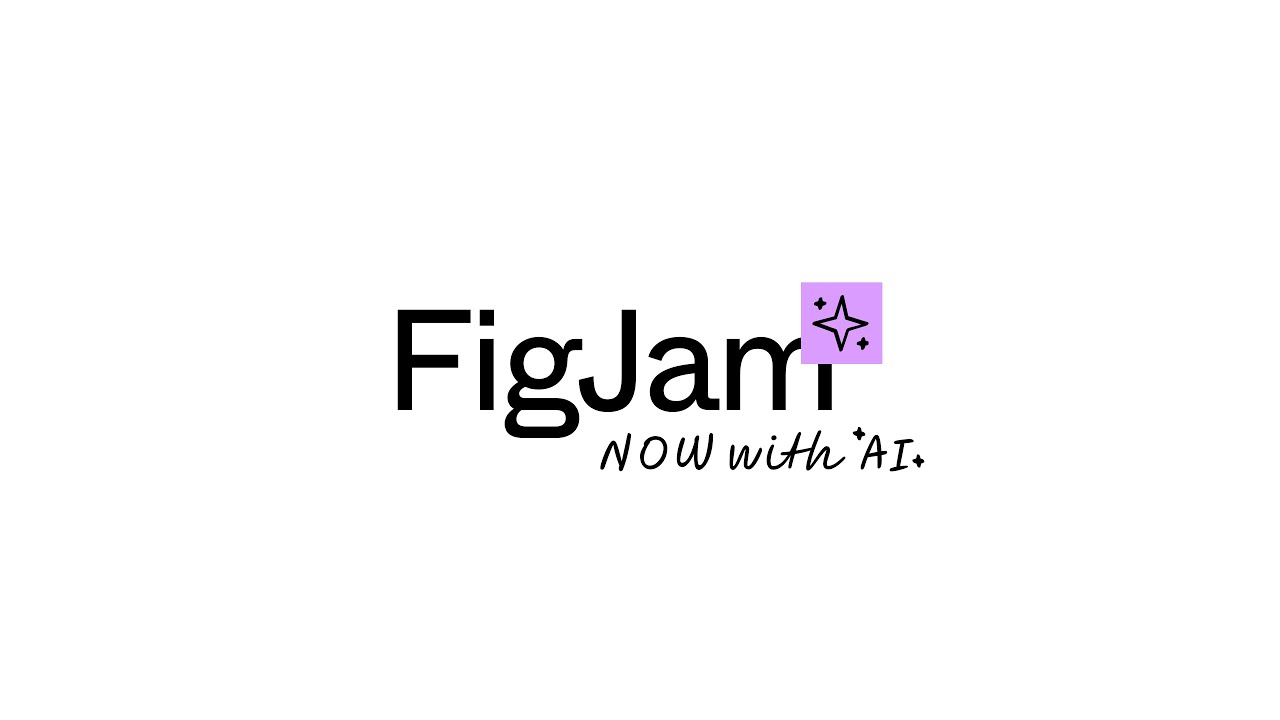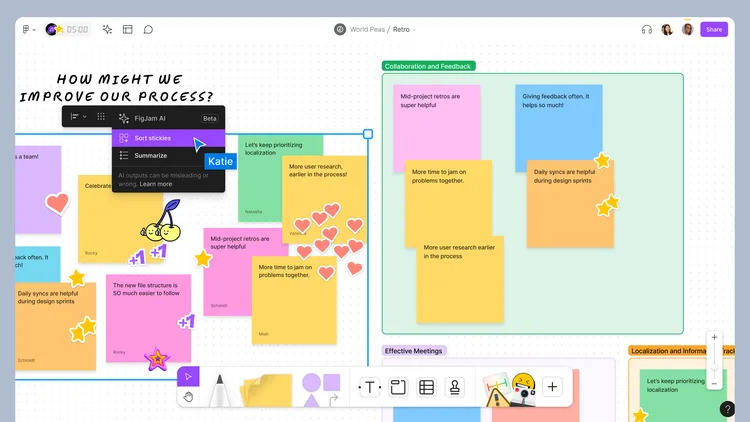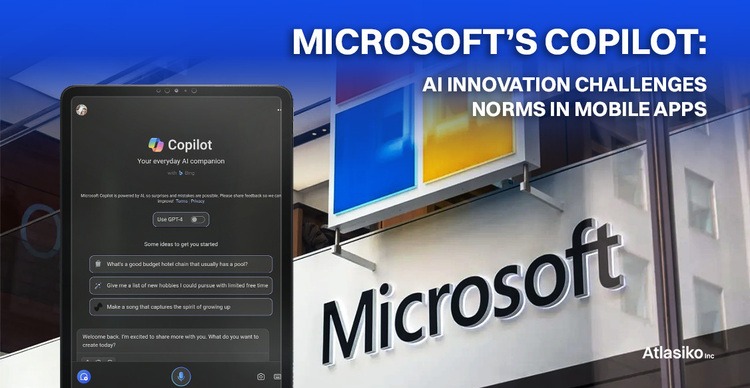FigJam, Figma's online collaborative whiteboard, has gained popularity as a versatile workspace for design, project planning, and brainstorming sessions since its launch in 2021. Known for its sticky note metaphor and ease of use, the FigJam tool has found a user base that extends beyond traditional designers.

Yuhki Yamashita, Figma's Chief Product Officer, emphasized the potential for creative collaboration and reimagining meetings within FigJam. He noted, "There is a big opportunity for us to get creative around enabling people to collaborate and visually reimagine all sorts of meetings and things like that inside of our platform."
FigJam's user base is diverse, with two-thirds of its weekly active users falling outside the realm of traditional designers. Chris Marsh, Research Director at 451 Group, highlighted Figma's approach, stating, "Figma has thought about FigJam as a place where different designers, product, engineering, marketing, project owners, and other users can collaborate on projects—cross-team, higher-value collaboration."

Recognizing the need to cater to this wide-ranging audience, Figma decided to leverage AI technology to enhance FigJam's functionality. The three generative AI Figma features are as follows:
- Generative AI Board Creation: The FigJam AI tool simplifies the process of creating new boards. For those who find a blank canvas intimidating, this feature allows them to start with a FigJam template or diagram by describing it and listing necessary elements, such as calendars and project timelines.
- Sticky Note Organization: To streamline the management of digital sticky notes, Figma has implemented a feature that sorts them into logical thematic groupings, making it easier for users to keep their boards organized. Users can categorize stickies based on subjects or individuals responsible for specific tasks.
- Automatic Summarization: When boards become crowded with sticky notes, finding key points from a meeting or brainstorming session can be challenging. Figma's new summarization feature leverages AI to automatically generate summaries from the array of sticky notes, saving users time and effort.
Figma relies on OpenAI as its large language model, customized to understand Figma and FigJam-specific concepts like diagrams and calendar objects. To ensure responsible usage and prevent harmful or inappropriate content, the company is testing a warning system.
These new AI-powered features are now available in an open beta, allowing users to explore and experience the benefits of enhanced collaboration within FigJam.
To learn more about significant leaps in generative AI and technologies, visit the Atlasiko IT News!







